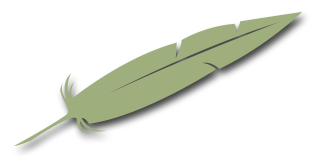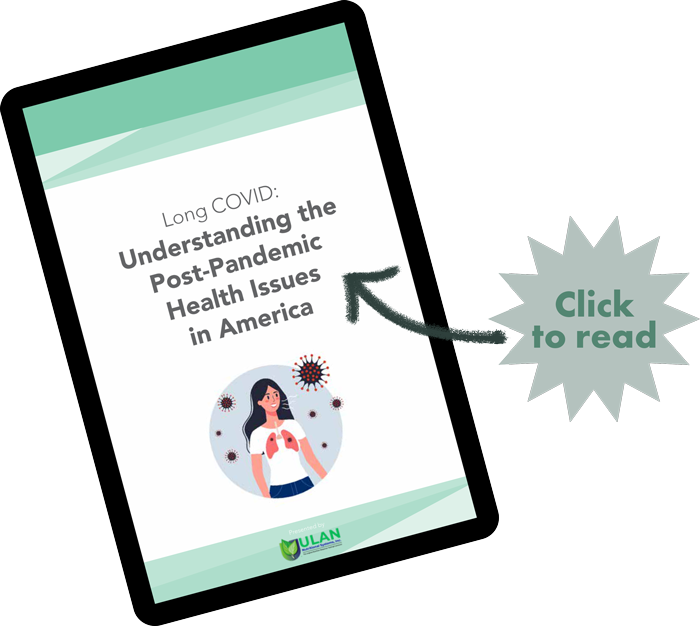 Spring is a time of renewal, regeneration, growth and energy. Plants and animals awaken from their slumber during the cold winter months, and vital nutrients stored in the roots of the plants and bodies of the animals come to the surface as life becomes more vibrant and fluid.
Spring is a time of renewal, regeneration, growth and energy. Plants and animals awaken from their slumber during the cold winter months, and vital nutrients stored in the roots of the plants and bodies of the animals come to the surface as life becomes more vibrant and fluid.
Human beings are no different. Humans stay indoors more during the winter months, and tend to pack on a little extra weight in the process. As the weather warms, humans become more gregarious and spend more time outside enjoying nature. This is just a natural process.
Therefore, it makes sense that what was observed by the ancient Chinese should still hold true today. Humans are supposed to take their cues from nature. As a species, humans should be more active during the warmer spring months. And to do this, we need proper nourishment. Qi (pronounced “chee”) is sometimes translated into energy. This Qi is the vital substance that keeps our bodies functioning until the day we die. To keep the Qi plentiful, we need to eat the proper foods at the proper times.
During the spring, we should be eating foods that have upward energies, such as green, sprouting vegetables. But we also need foods that will provide the extra nourishment for the increased amounts of activity that accompany the season of spring. This is where sweeter foods play a vital role. Foods such as fruits, nuts, yams, carrots and potatoes can provide the extra energy needed during the spring. But be careful not to overdo it. Too much sweet can overload the body and make it sluggish.
Sweets should be countered with pungent foods. Pungent foods aid in the movement of Qi upwards and outwards through the process of perspiration. Pungent flavored foods include scallions, onions, ginger, radishes, garlic, leeks and chives.
According to Traditional Chinese Medicine theory, spring is the season of the liver and the gallbladder. These organs regulate a smooth flow of energy throughout the whole body. However, they are prone to stagnation because we do not take proper care of ourselves. This can manifest as anger, irritability, depression, insomnia and even pain. Stagnation can occur when people eat too many poor-quality foods that may be full of chemicals.
Foods that help ward off stagnation include foods rich in chlorophyll, such as wheat grass, spirulina, chlorella, parsley, kale, Swiss chard and collard greens. All of these foods are abundant during the months of spring. It is also a good idea to have a glass of warm water with a slice of lemon first thing in the morning. This will help detoxify the liver and gallbladder to start the day off fresh. Lastly, foods that have a slightly bitter taste can help ward off heat in the liver. This includes foods like asparagus, quinoa, romaine lettuce and dandelion tea.
If you are curious about how to eat according to the seasons, contact us at (218) 724-3400. We will be able to guide you along your healing journey through the use of Traditional Chinese Medicine and nutritional counseling.


 Diabetes is one of the most prevalent chronic diseases in the US and cases are rising at an alarming rate. As of 2020, over 10% of the U.S. population have diabetes (this is up from about 6% in 2000 , and prevalence is also expected to double in the next 20 years). 95% of those cases are type 2. Because of this, a lot of the conversation around diabetes as a chronic health issue is referring to type 2 diabetes and it’s defining culprit: insulin resistance.
Diabetes is one of the most prevalent chronic diseases in the US and cases are rising at an alarming rate. As of 2020, over 10% of the U.S. population have diabetes (this is up from about 6% in 2000 , and prevalence is also expected to double in the next 20 years). 95% of those cases are type 2. Because of this, a lot of the conversation around diabetes as a chronic health issue is referring to type 2 diabetes and it’s defining culprit: insulin resistance. 
 Menopause, for some women, is a welcome transition to the post-reproductive phase of one’s life. However, it has gotten a bad rap due to the symptoms many women experience while their bodies adjust to the changes. From a Chinese Medicine perspective, it is the inability of the body to adjust it’s energies gracefully to this new phase that causes symptoms, not the menopause itself. A gradual transition over time in a healthy individual will be less likely to induce the struggles commonly associated with menopause such as hot flashes, weight gain, dryness, sleep problems and mood swings. (Irregular periods, while inconvenient, are not necessarily considered a problem in this view, but par for the course of change leading up to true menopause).
Menopause, for some women, is a welcome transition to the post-reproductive phase of one’s life. However, it has gotten a bad rap due to the symptoms many women experience while their bodies adjust to the changes. From a Chinese Medicine perspective, it is the inability of the body to adjust it’s energies gracefully to this new phase that causes symptoms, not the menopause itself. A gradual transition over time in a healthy individual will be less likely to induce the struggles commonly associated with menopause such as hot flashes, weight gain, dryness, sleep problems and mood swings. (Irregular periods, while inconvenient, are not necessarily considered a problem in this view, but par for the course of change leading up to true menopause).
